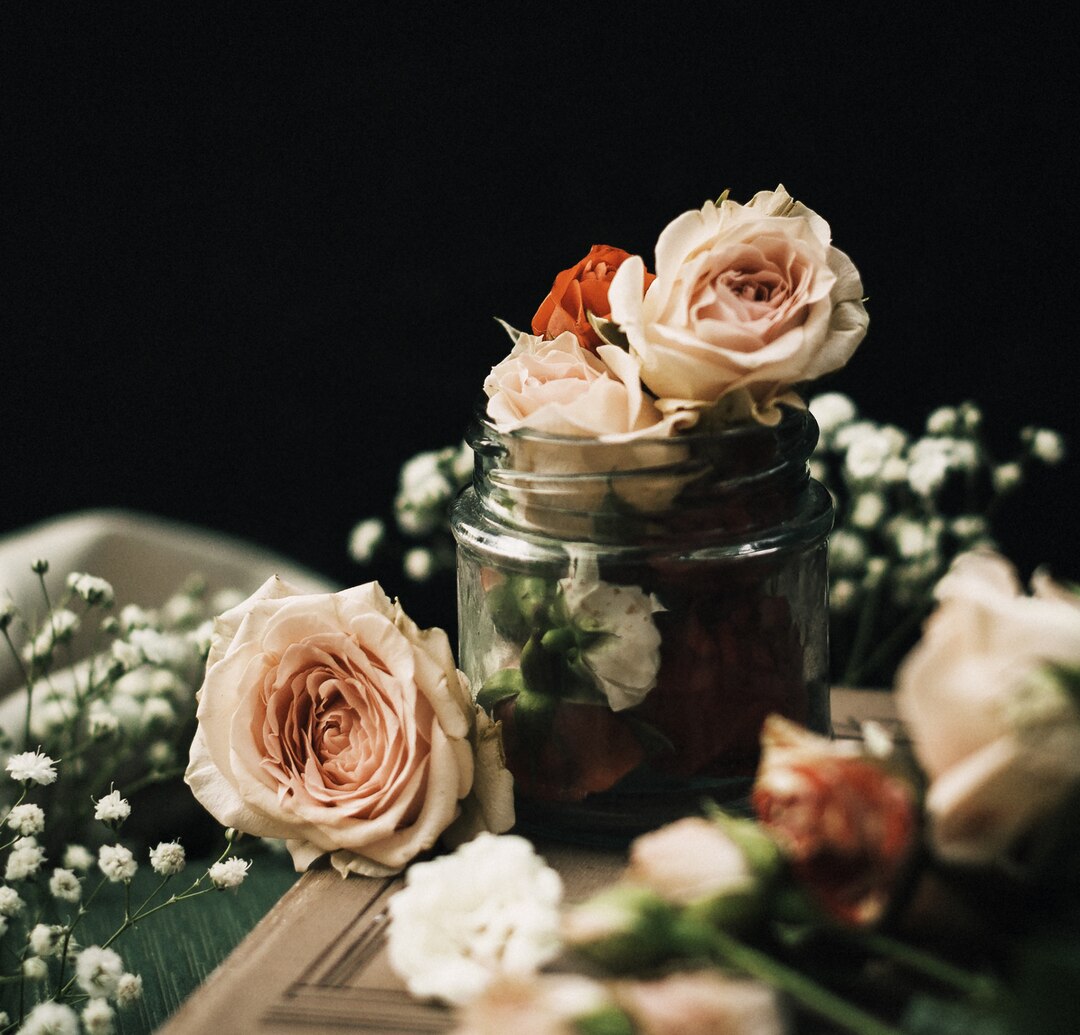When art, history, and modern aesthetics collide, the result can be truly mesmerizing. One such intriguing combination comes in the form of pompei balsamic white and rose pictures — a unique blend of historical inspiration and modern visual storytelling. This phrase might seem oddly specific or unusual at first glance, but it holds a distinct charm, especially when interpreted through the lenses of photography, digital art, and historical fascination.
The Historical Majesty of Pompei
Pompei, an ancient Roman city located near modern Naples in Italy, was famously frozen in time after the catastrophic eruption of Mount Vesuvius in 79 AD. What was once a thriving city became a well-preserved archaeological site, offering historians, artists, and travelers an unfiltered glimpse into life in ancient Rome.
The frescoes, statues, architecture, and daily artifacts found in Pompei speak volumes about Roman life — its beauty, complexity, and artistry. The colors used in Pompei’s ancient walls, including reds, ochres, dusty whites, and rose-toned hues, continue to inspire modern artists and photographers today. These ancient visuals often serve as the foundation for the artistic genre now associated with pompei balsamic white and rose pictures.
Understanding the Color Language: Balsamic White and Rose
Colors play a crucial role in evoking emotions and telling stories, and the combination of balsamic white and rose does just that. While “balsamic” typically refers to the deep, aged tones of balsamic vinegar, in a visual or design context, it suggests warmth, depth, and richness — a hue somewhere between amber, burgundy, and bronze. Pair this with a creamy, slightly weathered white and a soft rose or blush pink, and you have a palette that feels romantic, nostalgic, and earthy.
When applied to photography or digital edits of Pompei, these tones elevate the historical elements of the ruins. Balsamic white gives the stonework a creamy softness, while rose adds warmth and subtle elegance. This distinctive palette has found popularity among photographers, Instagram editors, and digital content creators looking to create a vintage-meets-modern visual aesthetic.
The Aesthetic Trend of Pompei Balsamic White and Rose Pictures
Across social media platforms and visual content sites, there’s a growing interest in art and photography that merges history with stylized modern filters. Pompei balsamic white and rose pictures fall perfectly into this trend. These images often showcase the ancient ruins of Pompei edited with creamy, blush tones, giving them a dreamy, romantic feel. Whether it’s a crumbling wall covered in faded frescoes or a sun-drenched stone archway, the color grading adds depth, texture, and emotion to the scene.
This aesthetic isn’t just pleasing to the eye — it tells a story. It connects us to the past while embracing contemporary tastes. These types of pictures are often used in:
-
Interior design inspiration: Home decorators often use color-edited historical photos to bring elegance and intellectual charm to a space.
-
Fashion mood boards: The vintage tones of balsamic white and rose blend beautifully with classic or bohemian fashion.
-
Travel content: Bloggers and influencers showcase Pompei through a romantic, cinematic lens to stand out from typical travel photography.
Artistic Interpretations and Digital Art
Beyond photography, the pompei balsamic white and rose pictures concept extends into digital painting, graphic design, and multimedia art. Artists take visual elements from Pompei — columns, statues, fragments of mosaic — and remix them with soft filters, stylized overlays, and muted palettes.
These digital artworks often explore the tension between decay and beauty. The cracks in ancient stone walls, when highlighted in balsamic tones, emphasize time’s passage in a poetic way. The rose hues soften the harshness, creating a balance between strength and delicacy.
Some creators go further by animating these elements in short video loops, reels, or cinemagraphs, adding drifting dust, flickering light, or floating petals — all within the same visual color framework. These creations can be found across art-sharing platforms like Behance, DeviantArt, and Pinterest.
The Emotional Impact of the Aesthetic
The popularity of pompei balsamic white and rose pictures isn’t just about how they look — it’s about how they make us feel. These visuals evoke a sense of melancholy beauty, a longing for something timeless, a place where the old world meets the new. The faded whites represent memory and loss; the rose tones speak of love, nostalgia, and warmth.
In a fast-paced digital world, these images offer a pause — a moment to reflect, to appreciate what was, and to connect emotionally with art and history.
This emotional depth is why such imagery is often used in storytelling projects, poetry books, album covers, and slow cinema. The tone and texture of pompei balsamic white and rose pictures help set a mood that’s hard to replicate with more vibrant, modern photography.
Where to Find or Create Pompei Balsamic White and Rose Pictures
If you’re intrigued by this aesthetic and want to explore it further, there are several ways to engage:
1. Photography Editing Apps
Apps like Lightroom, VSCO, and Snapseed allow you to apply filters that mimic balsamic, white, and rose tones. Try adjusting warmth, fade, and tint settings to recreate the effect.
2. Stock Photo Libraries
Websites like Unsplash, Pexels, and Shutterstock have vast libraries of Pompei photos. You can download high-resolution images and edit them in your preferred aesthetic style.
3. Art Communities
Browse Pinterest boards or follow hashtags like #pompeiart or #aestheticedit on Instagram. Many artists and photographers share their own versions of pompei balsamic white and rose pictures, often available as prints or digital downloads.
4. AI and Filters
With tools like AI art generators, you can input prompts using the phrase itself — “pompei balsamic white and rose” — to create original compositions in this theme. These tools can transform even modern cityscapes into images that feel lifted from ancient Roman dreams.
Read also: Anticipation Builds: All You Need to Know About the Cyroket2585 Release Date
Final Thoughts
What began as a curious mix of words — pompei balsamic white and rose pictures — unfolds into a meaningful, artistic niche rooted in history, color, and emotion. Whether you’re a photographer, artist, designer, or simply someone who appreciates visual storytelling, this aesthetic offers a beautiful way to engage with the past while expressing something uniquely personal.
Pompei, in all its ruined glory, reminds us of time’s power and beauty. When paired with gentle, modern tones of balsamic white and rose, the result is a captivating fusion — timeless, elegant, and unforgettable.


